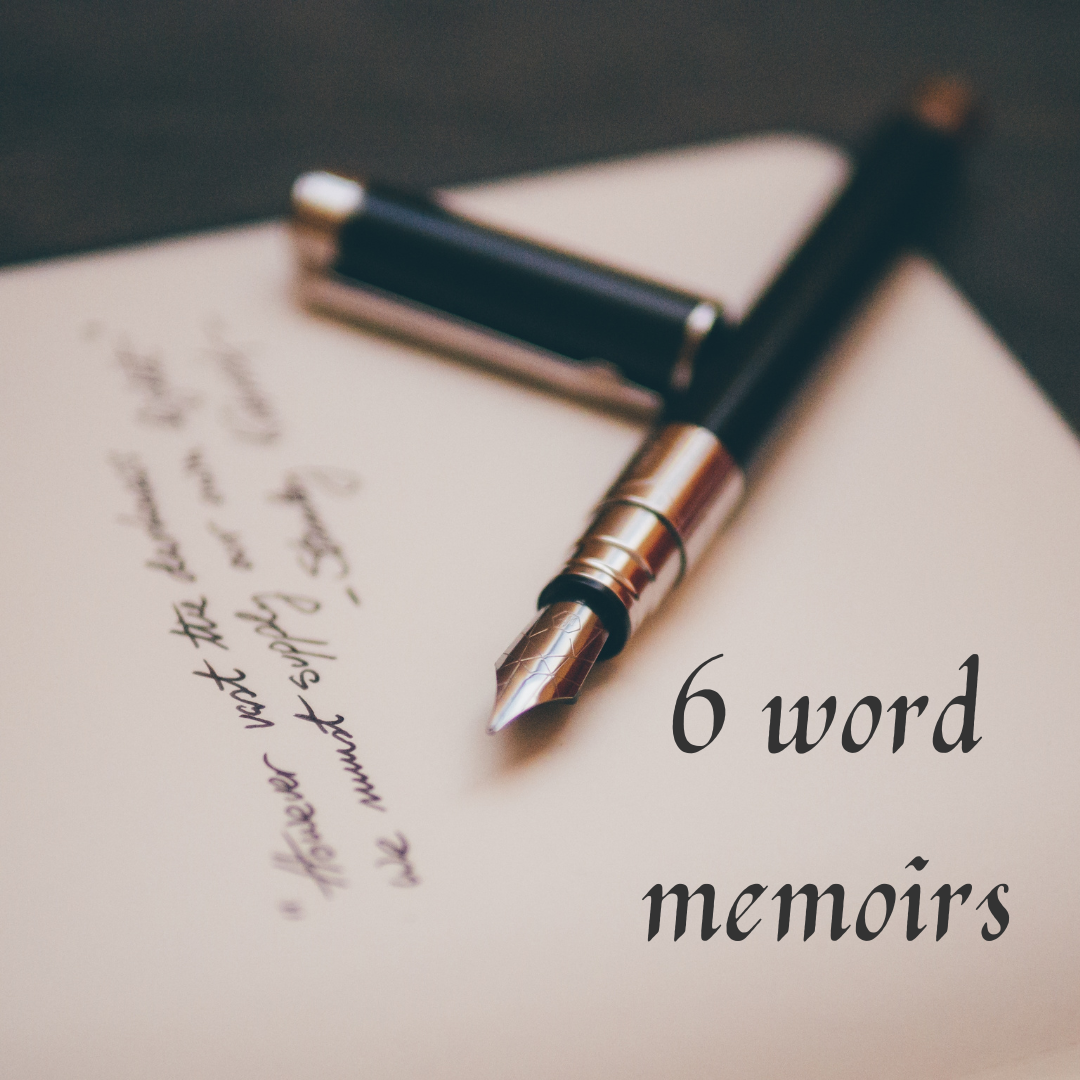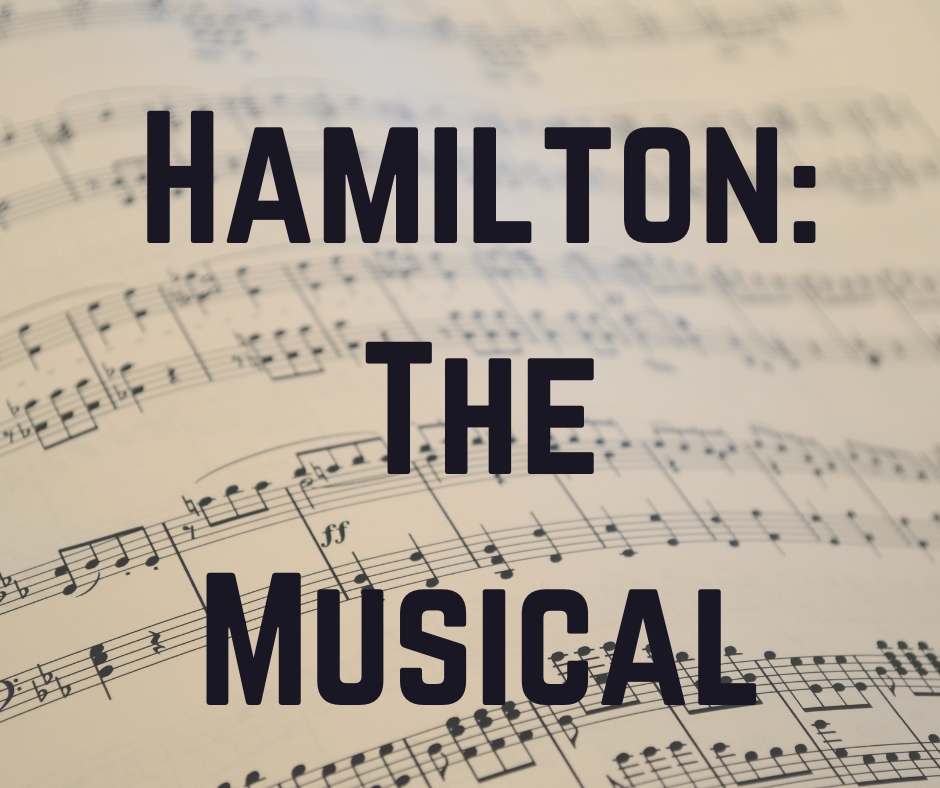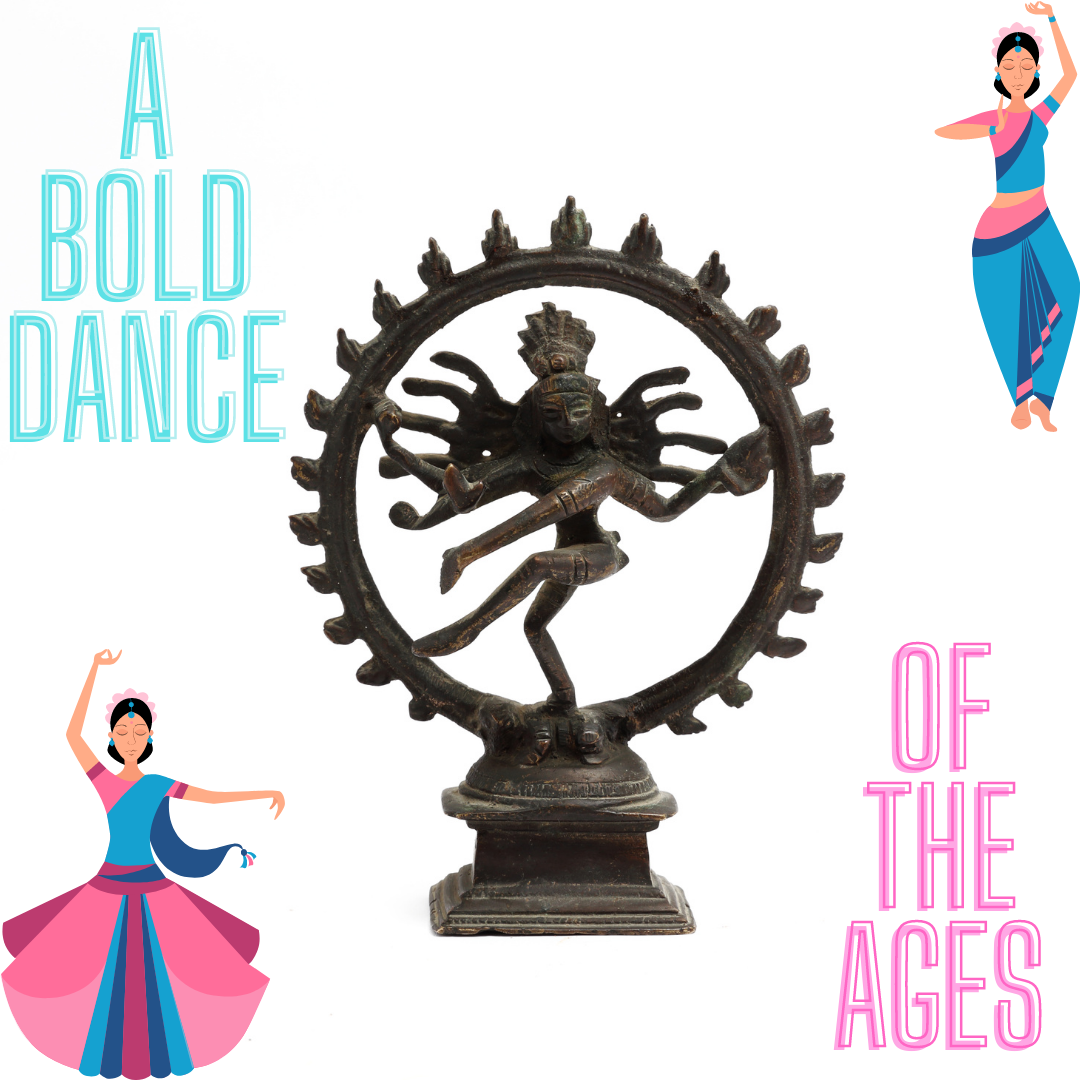Recently, for my English class, we had to write a brochure based on an element of our culture. I picked Bharatanatyam, an Indian classical dance from the state of Tamil Nadu. I hope you enjoy!
Strong taps echo through the auditorium as the audience watches, mesmerized by the bold and strong dance. The dancer is performing Bharatanatyam, an Indian classical dance. Bharatanatyam is one of the most interesting dance forms because it’s bold, unique, and captivating.
The History:
Bharatanatyam has a rich history through thousands of centuries and kings. Here are some of the most important parts of its history.
CHOLA DYNASTY (9th to 13th century):
The Chola kings left a lasting legacy to Indian classical arts. In the Brihadeeswara temple, there are verses from the Natyasastra and sculptures of Shiva performing the 108 karanas. Many forms of art centered around the temples and grew well.
VIJAYANAGAR DYNASTY (14th century to 15th century)
The Vijayanagar kings provided a lot of patronage to dance. King Krishna Deva Raya (16th century) is said to have been a great supporter.
NAYAKA KINGDOM (16th to 18th century):
King Raghunatha Nayake encouraged dance and music. The king also wrote the Valmiki Charitra which included information about Sadir (the old name for Bharatanatyam) and the talam system.
MARATHA DYNASTY (18th century)
The Maratha rulers had the strongest links to the present-day Bharatanatyam. King Tulaji wrote the Sangeetha Saramitra with a list of adavus. Natwanars were also significant members of the king’s court. The famous Thanjavur brothers lived during this era.
BRITISH ERA
The British Government tabooed dance performances and dancers lost their glory.
REVIVAL (early to mid 20th century)
Art lovers worked to remove the stigma from dance. In 1932, Sadir was renamed to Bharatanatyam.
The Mythological History:
At the beginning of Treetayuga, peoples´ lives were filled with greed, anger, and jealousy. There wasn’t dharma and the asuras ruled the world. To combat this, Lord Brahma created a fifth Veda that would be enjoyable and dispel the bad. Lord Brahma taught this fifth Veda (the Natyaveda) to Bharata, who in turn taught it to his 100 sons.
Bharata asked Lord Brahma to bring down apsaras to add grace.
With this, he was satisfied and performed it at the Dhvaja Mohatsa. The asuras got angry because the play was pointing at their demise. As a result, they started attacking the performers.
Brahma asked the divine architect, Vishwakarma, to build a Natyagriha that would restrict access to evil. Vishwakarma instantly built the perfect theater.
Then Brahma took this play to Lord Shiva. Shiva suggested that they add nritta to the play to enhance it. After watching the show, people understood how to defeat the demons and started living better lives.
The Margam:
A margam is the order in which you learn and perform Bharatanatyam items. The complexity gradually increases as does the time and the abhinaya sections.
It begins with a Pushpanjali and an Alarippu. Combined, this section is around 5 minutes. Next is a kouthuvam, the simplest item, usually 2-3 minutes long. It focuses on bhakti. After this is a jathiswaram. This is a pure adavu dance with no abhinaya. Then, there is a shabdam which is followed by a 45-minute varnam. After that is a Padam or keerthanam, which is more abhinaya based. The margam concludes with a Thillana.
Dr. Sunanda Nair, a Bharatanatyam expert, says the margam is important because “It’s like a school syllabus. You can see every step and you know what you’re learning. When you graduate with a Thillana, you have control of what you know. You peak at that ending point. The margam also gives you a connected approach to dance where everything is linked.”
Her favorite type of item in the margam is the “Padam or Keerthanam, I think. In these, you get connected abhinaya where you can really become a character instead of having abhinaya broken up by jathis.”
The Parts:
There are 3 parts to Bharatanatyam, which are all used to form most items.
1- NRITTA
Nritta is pure dance. It is made up of angas and karanas. It doesn’t contain abhinaya, instead focusing on adavus. One example is the Jathiswaram.
2- NATYA
Natya in Sanskrit means dramatic art. It doesn’t contain adavus, instead focusing on abhinaya. One example is the Padam.
3-NRITYA
Nritya is a combination of both nritta and natya. It includes both adavus and abhinaya. One example is the Kouthuvam.
Aaharya:
There are 3 main parts of the Bharatanatyam Aaharya. These parts are the costume, the makeup, and the jewelry.
There are many different costume styles in Bharatanatyam. There is a skirt style which includes a blouse and a skirt. Another style is the pant costume which is a blouse and pants, with a pleated fan attached to the pants.
The makeup is bold, with thick black eyeliner outlining the eyes, pink eyeshadow, and bright red lipstick. The tips of the fingers and toes are also usually colored red with the palms painted with a red circle.
The jewelry´s base color is gold with green and pink jewels set in. There are two necklaces, a choker and an aaram. You wear a chandra and surya on your head to remind yourself to be grounded and that you are only a speck of dust in the universe. There is also a nethichutti which is partly on your head and partially on your forehead. The earrings are small jumpkhas attached to a maatal. You also wear valaiyal.
The hair is braided, sometimes with a pre-braided extension adorned with ornaments attached. Fake flowers are attached at the back.
On your ankle, you wear chalangai. On your head, you wear a pottu.
Glossary:
Aaharya (aa-har-yah)- the costuming, makeup, and jewelry
Aaram (aa-rum)- a long, dangling necklace
Abhinaya (a-bin-ney-ah)- emotions and feelings, sentiment
Alarippu (A-lar-ip-poo)- a dance where you warm up the body
Angas (un-gah-s)- the major parts of the body
Apsaras (up-sah-rahs)- heavenly nymphs
Asuras (ah-suh-ras)- demons
Bhakti (buk-tea)- devotion
Bharatanatyam (buh-ruh-ton-aat-yum)- an Indian classical dance from Tamil Nadu
Brahma (bruh-ma)- the god of creation, one of the three main gods
Chalangai (cha-lung-ay)- ankle bells, to make your taps sound pleasing
Chandra (chund-reh)- the moon
Dharma (duh-r-ma)- good
Dhvaja Mohatsa (dh-vaj-ja mo-hut-sa)- Indira´s flag festival
Karanas (kah-rah-nas)- the poses
Natwanars (nat-van-ars)- people who keep talam
Natyagriha (nat-yuh-gree-ha)- a theater
Natyasastra (nat-yuh-sas-tra)- the book of dance
Pottu (puth-tuh)- colored dot/shape on the forehead
Shiva (shiv-a)- the god of destruction, one of the three main gods
Surya (shur-yah)- the sun
Talam (tal-am)- how you keep the beat
Valaiyal (vul-ay-al)- bangles, bracelets
Bharatanatyam has filled people with wonder and joy for centuries. It has flourished and grown, even when there are obstacles. Bharatanatyam is such an interesting dance because it is diverse, vivid, and enchanting.



